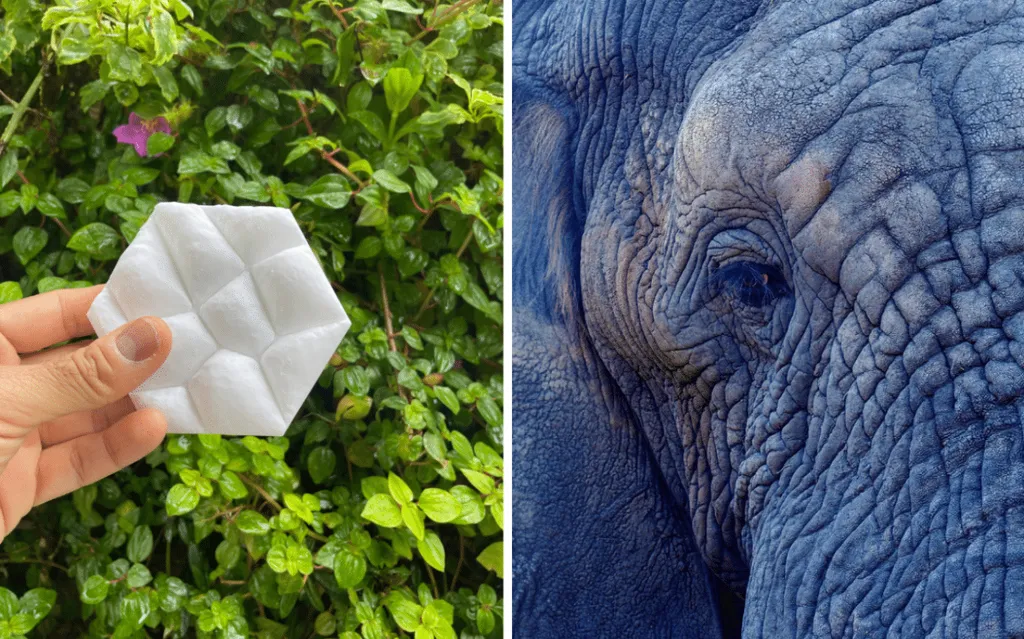In the heart of Antalya Bilim University, lead author Dürdane Aksoy Dolu, a researcher from the Program of Construction Technology, has been delving into the fascinating world of nature-inspired interior design. Her recent study, published in the journal *Budownictwo i Architektura* (which translates to *Construction and Architecture*), explores how biophilic design and biomimicry can revolutionize our indoor spaces, promoting sustainability and human well-being. The research offers compelling insights for the energy sector, where the integration of these principles could lead to significant advancements.
Biophilic design, which focuses on reconnecting humans with nature through natural elements, and biomimicry, which involves imitating nature’s functional intelligence, are not new concepts. However, Dolu’s study is one of the first to critically examine their complementary potential in interior architecture. “While biophilic design aims to re-establish the emotional and psychological connection between humans and nature, biomimicry focuses on developing energy-efficient, adaptable, and ecologically responsible solutions,” Dolu explains.
The study, which utilized bibliometric analysis tools like Web of Science, Scopus, VOSviewer, and R Studio Bibliometrix-Biblioshiny, mapped publication trends and thematic networks. It revealed a growing academic interest in these concepts but also highlighted a significant gap between theoretical discourse and real-world application. Dolu advocates for evidence-based integration of biophilic and biomimetic principles, supported by interdisciplinary collaboration and empirical case studies.
So, what does this mean for the energy sector? The integration of biophilic design and biomimicry in interior architecture could lead to the development of energy-efficient buildings that are not only sustainable but also promote the well-being of their occupants. For instance, mimicking the structure of termite mounds could lead to the creation of buildings that regulate their own temperature, reducing the need for energy-intensive heating and cooling systems. Similarly, incorporating natural elements like plants and water features could improve indoor air quality and reduce stress levels, leading to increased productivity and overall well-being.
Dolu’s research offers actionable insights for design professionals and academics alike. It calls for a shift towards a more holistic approach to interior design, one that balances user-centered well-being with environmental responsibility. As Dolu puts it, “The future of interior design lies in our ability to integrate these nature-inspired principles into our buildings, creating spaces that are not only sustainable but also promote the health and well-being of their occupants.”
In the end, Dolu’s study serves as a reminder of the power of nature to inspire and inform our designs. As we grapple with the challenges of climate change and energy efficiency, perhaps the answers lie not in complex technologies, but in the simple, elegant solutions that nature has been perfecting for millions of years.

